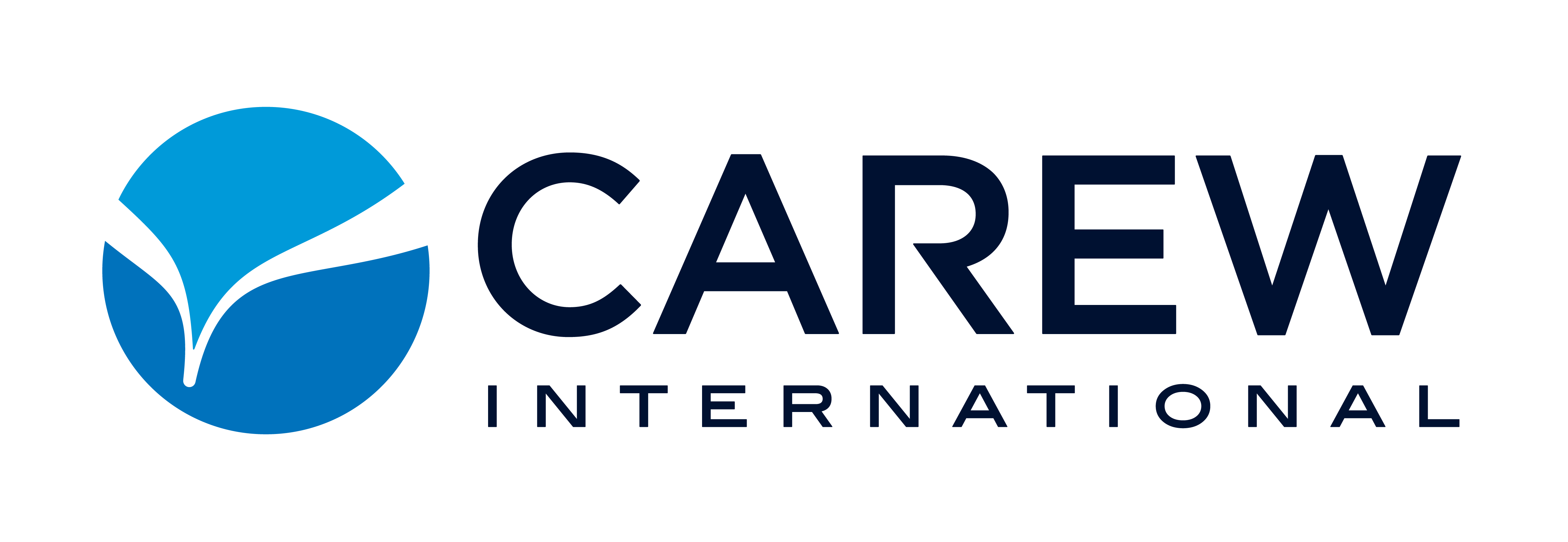Let’s consider the significance of continuous training and certification in professions like medicine, law, engineering, and many other careers – it’s universally acknowledged. I truly believe this same dedication to growth, development, and training should be true for all professionals, especially in sales.
A study by McKinsey & Company highlights that “great” companies have recognized the value of sales training and have an effective sales training program in place that:
- Creates specific learning journeys to build the distinct skills needed in each role
- Ensures sales leaders own and drive the program
- Tailors content to their sales force’s specific selling motion
- Invests in continual on-the-job skill building
- Measures results based on sales impact
Acknowledging that continuous training is important and having an effective training program in place is just the beginning. Now comes the challenge of knowledge retention, effective application, and continuous improvement.
To maximize training effectiveness, here are some things I have discovered…
Before You Begin Training
A successful sales training program begins well before the actual training starts.
Fostering a Learning Mindset: There must be an attitude of active engagement and openness to change. Participants should approach training as active learners – throwing the “I’m here because I have to be” or “This is a nice break from doing real work” attitude out the door. There needs to be a desire to gain new skills that will ultimately change selling behaviors.
Understanding the Bigger Picture: Salespeople should grasp the broader context of their role, including strategy, how other functions within the organization affect and are affected by selling activities, and how all of this impacts the customer.
Identifying Core Skills: Salespeople should be included in discussions about what essential sales skills need strengthening, what changes need to be made, and why. Conversations should be had about how newly learned skills and behaviors will help address current problems.
Customized Content Creation: The training material should reflect the unique challenges, goals, and gaps of the organization. Customize, customize, customize!
Leadership and Support: There should be strong support and commitment from senior leadership.
After You Complete Training
Studies suggest that as much as 90% of new information can be forgotten within a month, and 70% of this loss happens within the first day! Even when training participants learn what they’re taught, they often don’t apply it – if this happens, training is wasted, no matter how good.
A successful sales training program must be reinforced and applied when training is complete.
Reinforcement: Salespeople must continuously support and reinforce their new skills and behaviors.
At Carew, our training participants have access to a personalized Smart Room for use before, during, and after their training experience. The goal of the Smart Room is to make it easy to share content, enable quick and easy communication and collaboration among all room members, and, most importantly, provide training participants with all the resources to reinforce and effectively apply their newly learned skills and behaviors.
Creating a Supportive Environment: Time and resources should be allocated for self-directed learning (participants can use the Smart Room for this!), practice, and application.
Practical Application: Salespeople should incorporate their training into daily routines immediately. Experience shows that when sales leaders actively involve their teams in tasks directly related to their customer accounts, the impact is twofold. This approach not only reinforces the newly acquired skills and behaviors but also effectively bridges the gap between theoretical learning and practical application. Such direct engagement with real-world scenarios ensures that the training is not just an abstract concept but a tangible set of tools and behaviors that enhance the sales process and customer interactions.
Get Feedback and Measure Impact: It’s imperative to actively seek and incorporate feedback from training participants. This involves creating a structured process for gathering detailed insights from participants post-training. Encourage presentations that highlight how the application of training has directly contributed to winning deals. This not only provides real-world examples of the training’s impact but also motivates and educates the entire team.
Additionally, it’s crucial to evaluate the program’s effectiveness using specific, quantifiable business metrics specific to the organization – changes in sales volume, conversion rates, customer retention, average deal size, etc.
Ongoing Curriculum Development: Continuously review, adapt, and evolve the specific training curriculum based on needs and feedback. This strategy ensures that the training is not just a one-time event but a dynamic, results-driven process that adapts and grows with the sales team’s needs and market demands.
To maximize the effectiveness of sales training, a strategic approach both before and after the training is essential. By following these guidelines, sales training can transcend being just an educational experience to an investment in the sales team that yields tangible, long-lasting benefits, driving not only individual performance but also contributing to the overall success of the organization.
Have questions? Want to learn more? Ready to build your training plan? Our team is here to help!
![]()





